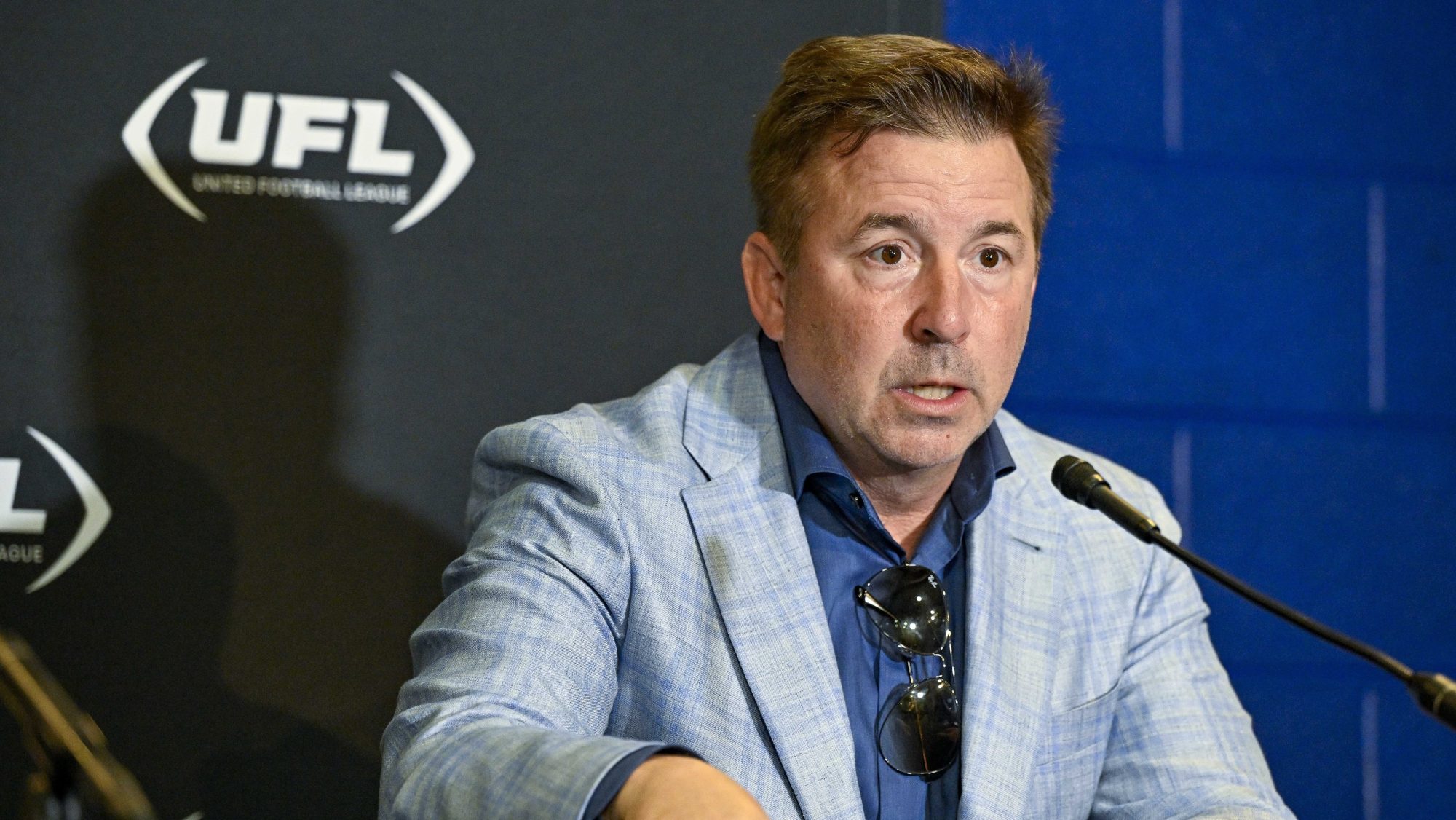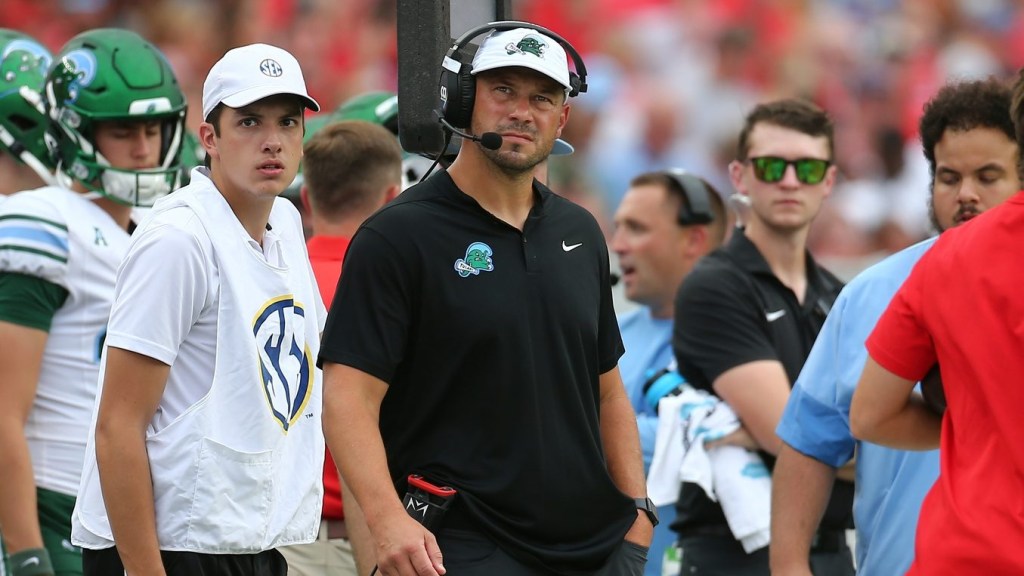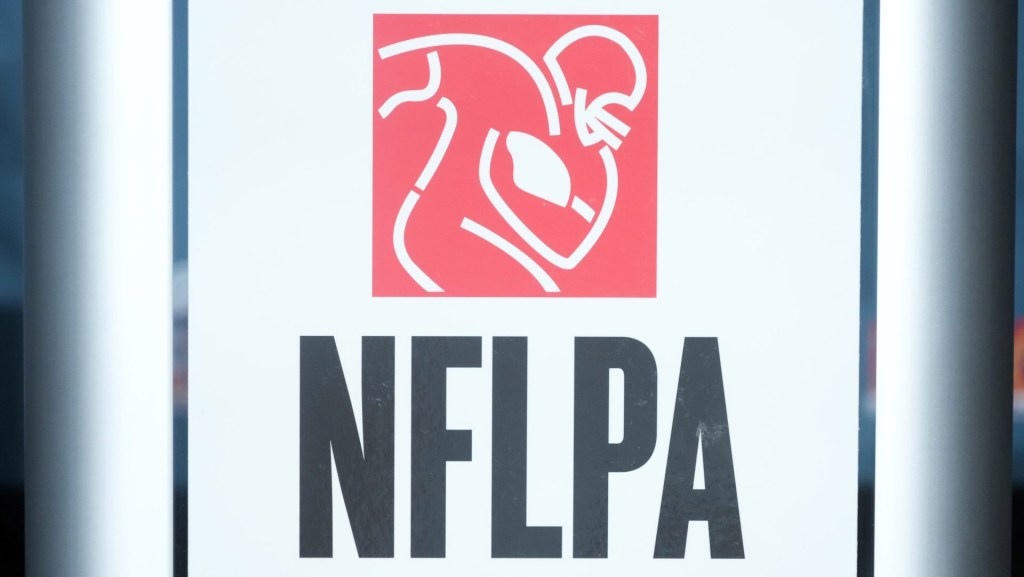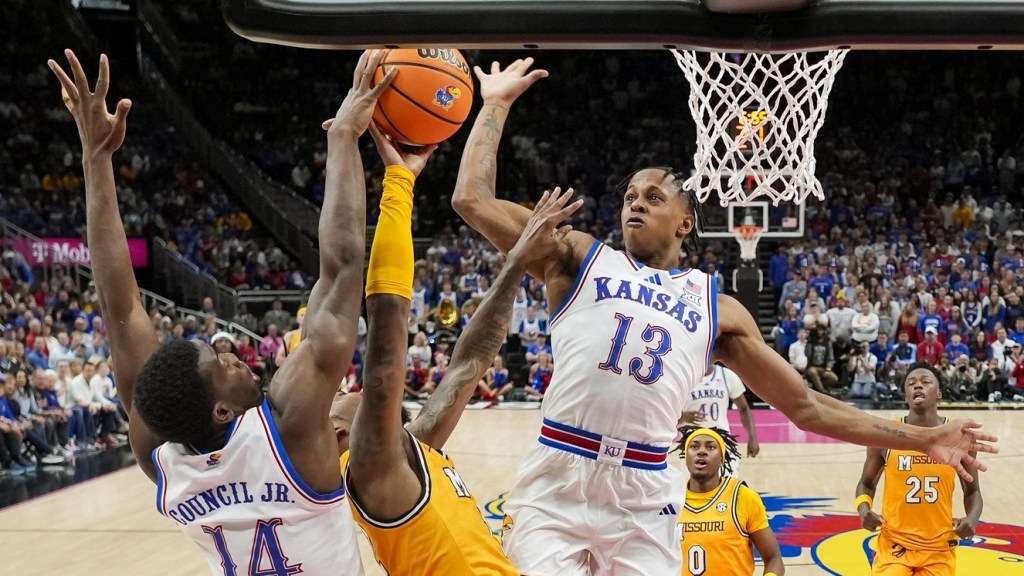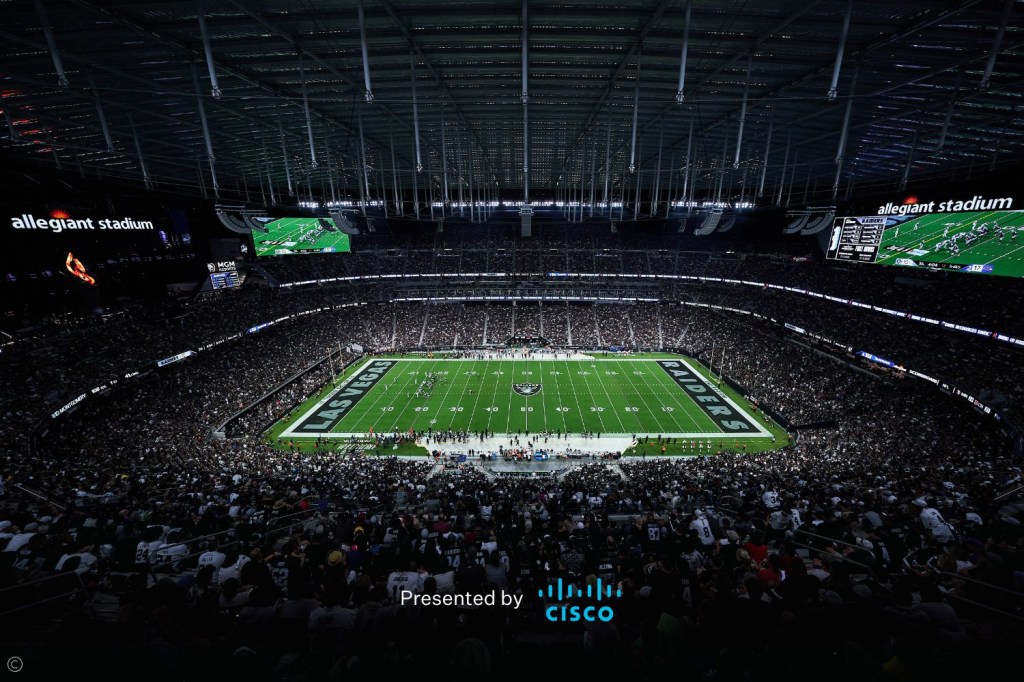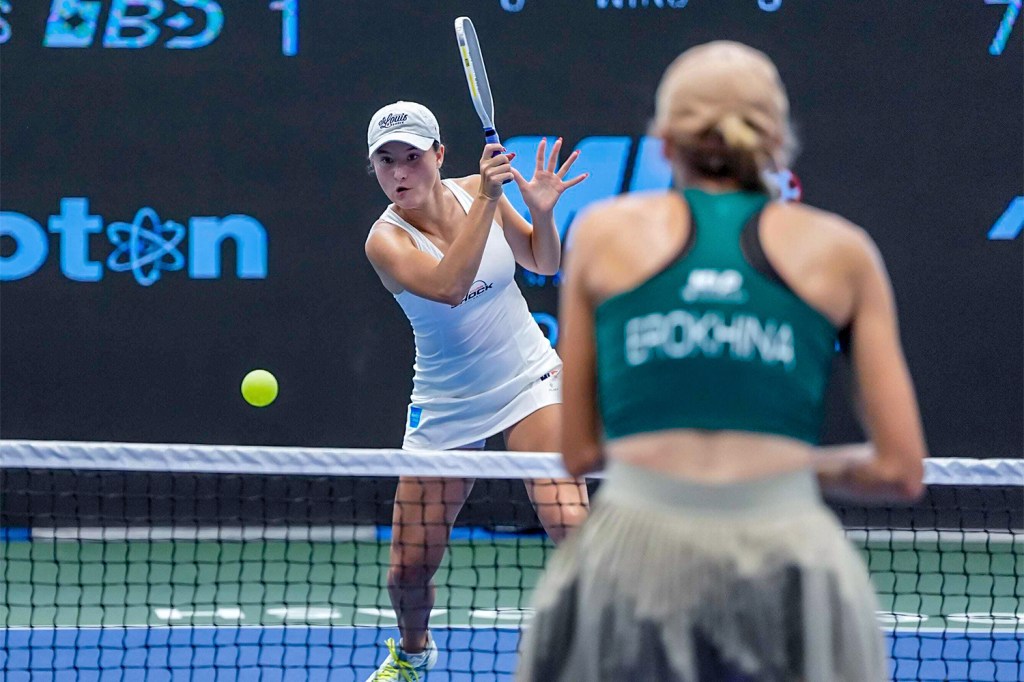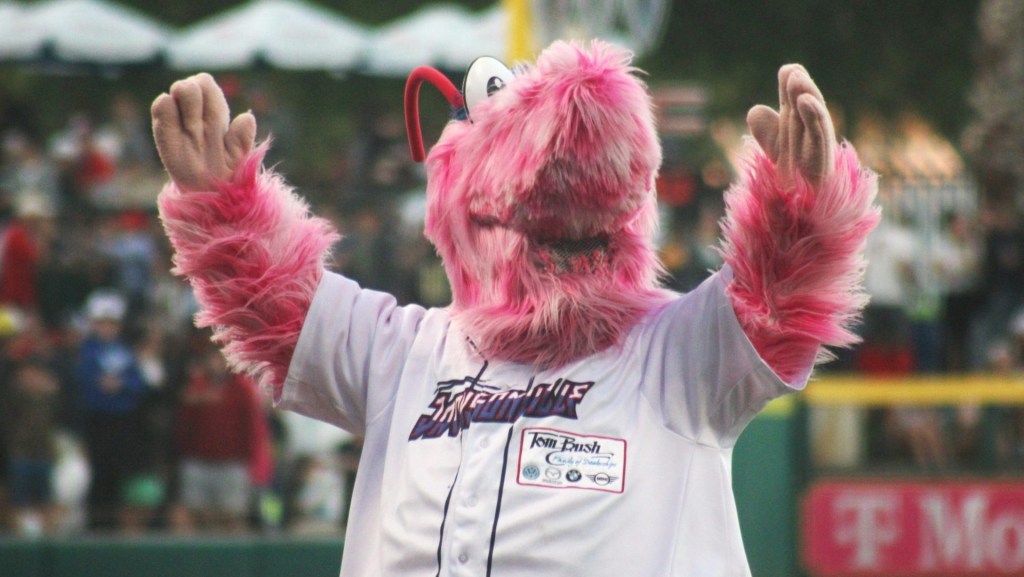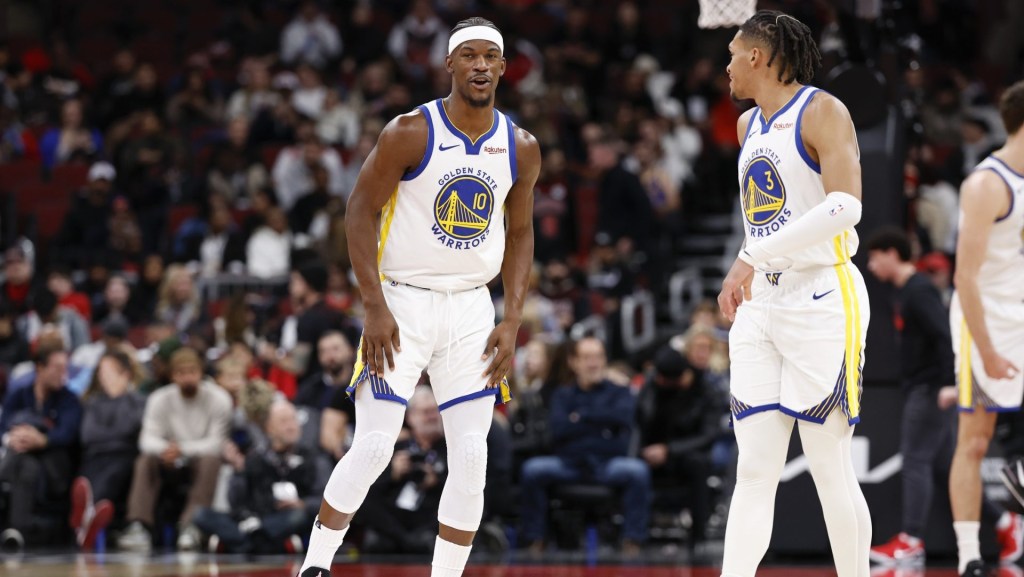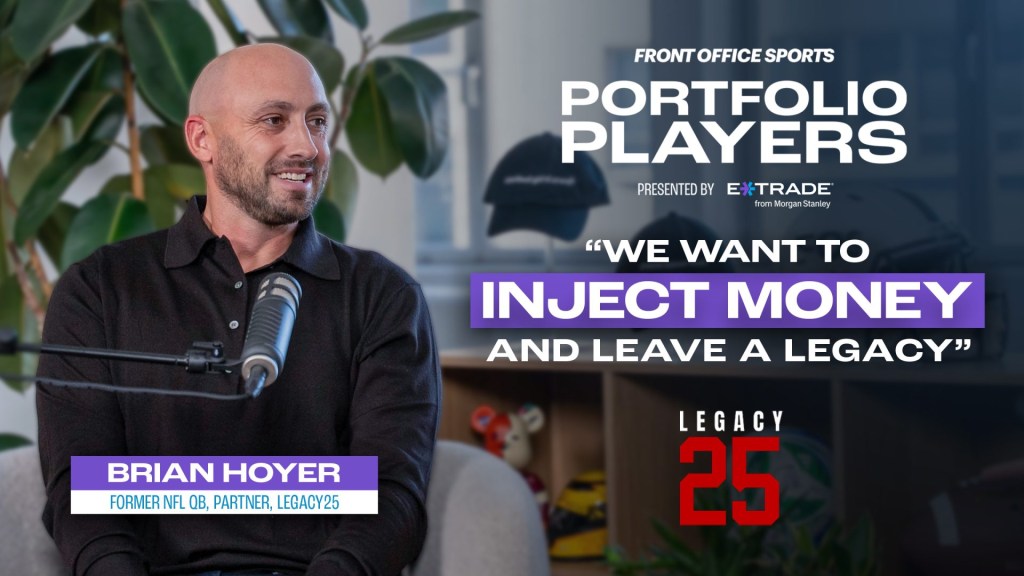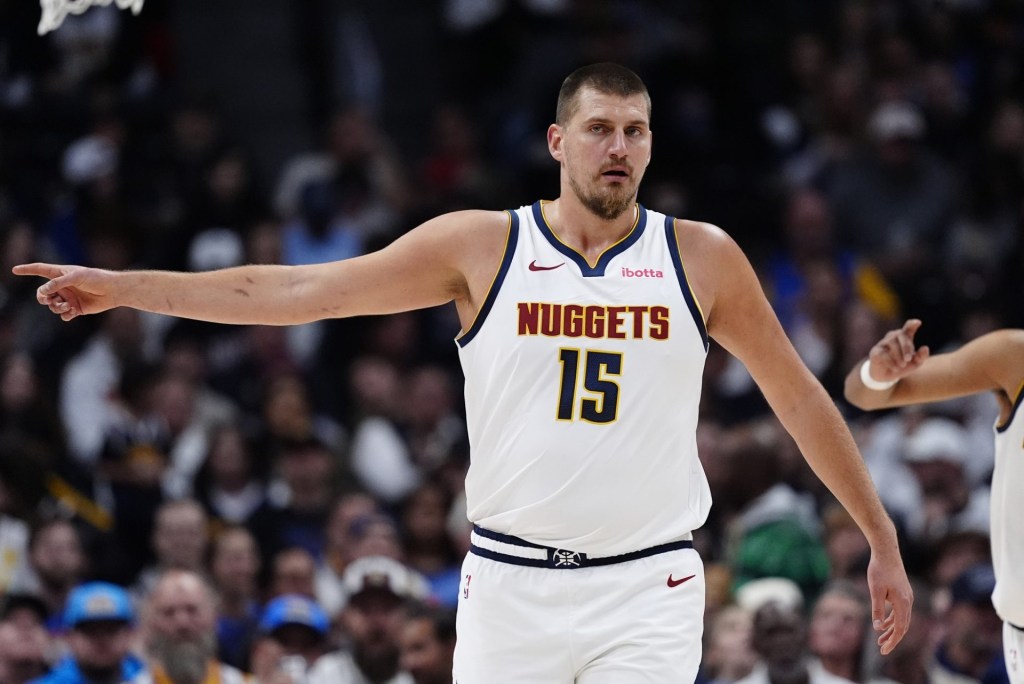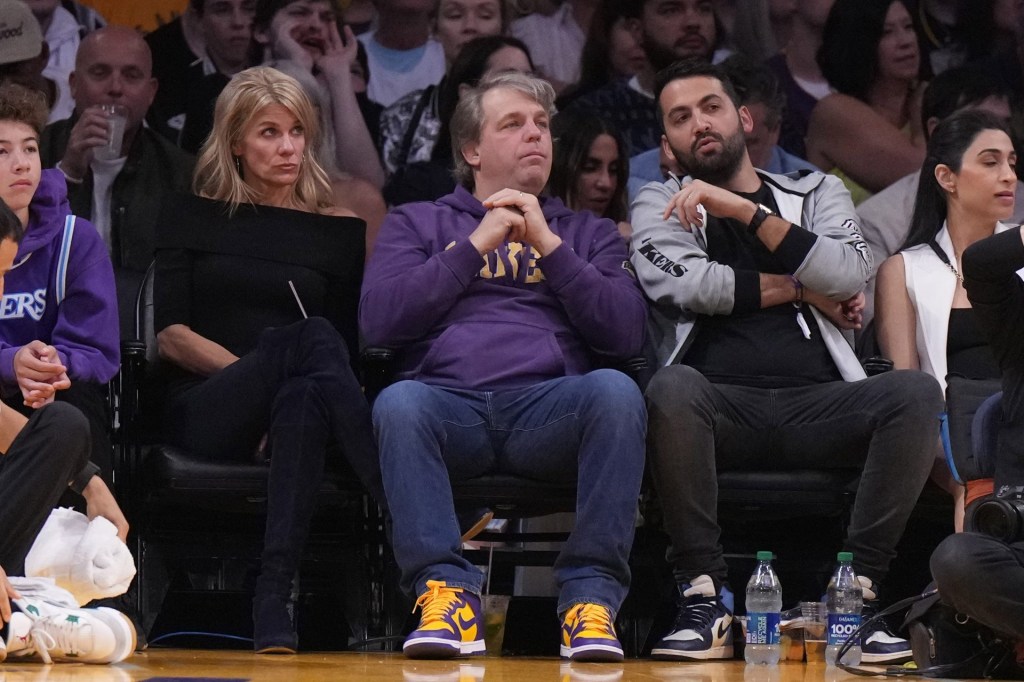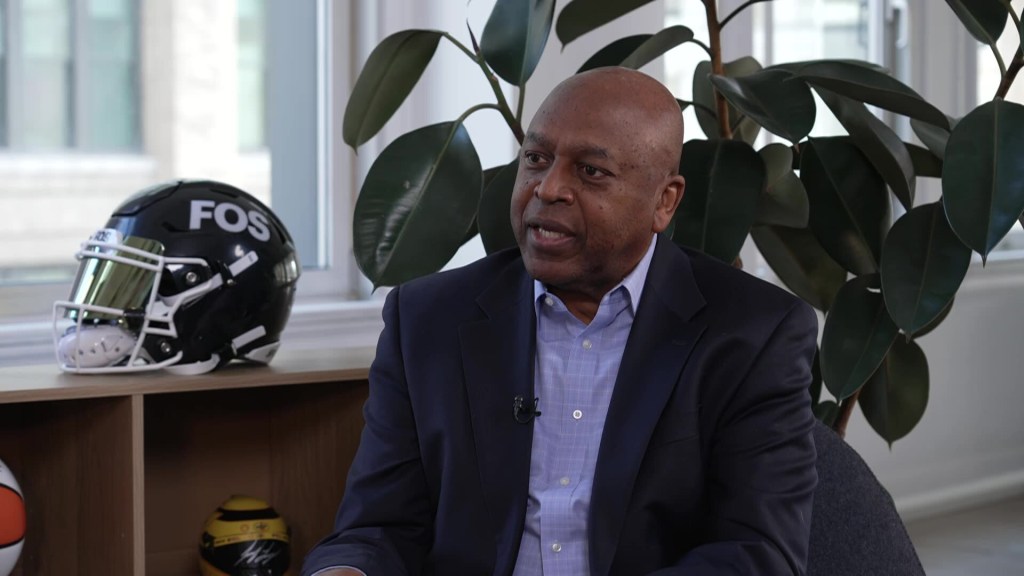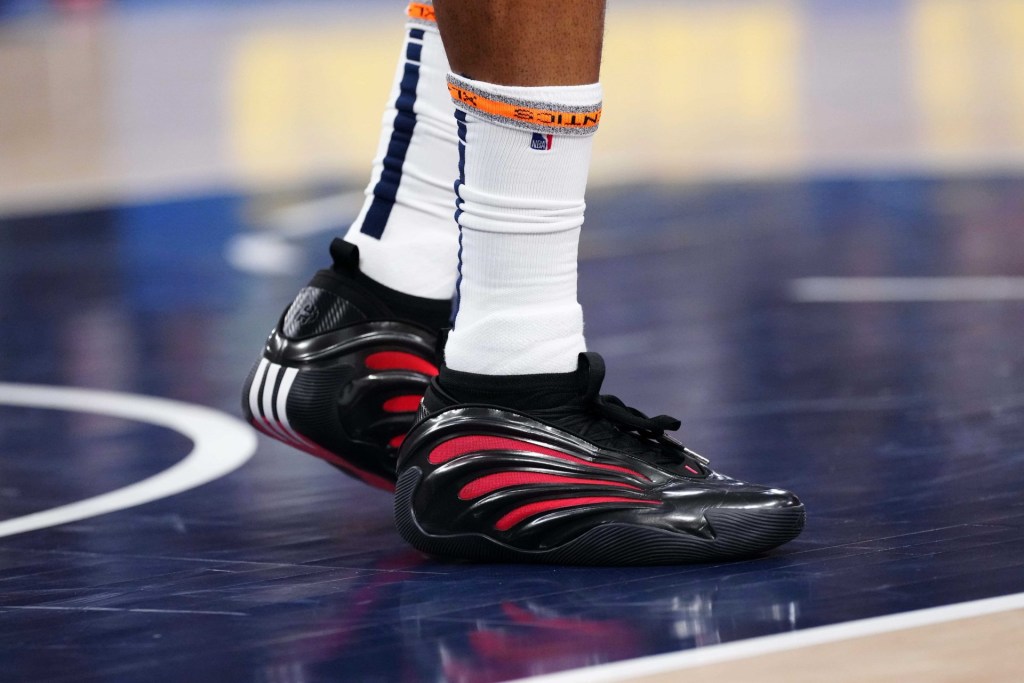In August, NFL owners voted 31–1 to welcome private equity investors to the league, capping their stakes at 10% per franchise.
Russ Brandon, president of the United Football League and a former front office executive with the Buffalo Bills for two decades, is still marveling at the NFL’s change of tune.
“It’s amazing,” Brandon told Front Office Sports. “I used to say that when you sat in an owners meeting in the NFL, if you used the word ‘betting’ or ‘gambling’ there, it was an ejection button that they’d hit and you’d be thrown out of the room. I felt the same way about private equity. When they used to talk about it, ‘That’ll never happen.’ And it’s amazing the evolution and watching it change in real time.”
Indeed, the NFL was the last of the major U.S. men’s leagues to allow PE through the gates, and with more restrictive rules than the others. The NFL capped PE stakes at 10%, which several teams—including the Bills and Dolphins—have sold off in recent months. MLB (which was the first to welcome PE investors in 2019), the NBA, and the NHL each allow PE firms to own up to 30% of a team. The NFL was also resistant to betting partnerships for years.
The UFL—a spring football league born in a January 2024 merger between the USFL and XFL—is itself PE-backed, co-owned by RedBird Capital Partners, Dwayne “The Rock” Johnson, and Dany Garcia. It wrapped its inaugural season in June and reported solid viewership numbers for its games, which were split between Fox and ABC/ESPN: average audiences of 850,000 and 1.65 million viewers for its championship game on June 16 on Fox. In June, Fox announced it would move UFL games on Fox to Friday nights for UFL’s 2025 season.
But spring football has a rocky history. The USFL relaunched in 2022, and the XFL came back in 2023. Certainly the quick merger of the two, and the failure of the AAF (Alliance of American Football), suggests there wasn’t enough demand for multiple alternative leagues to the NFL. When asked whether the success of the merged league shows the USFL and XFL should have been one league from the beginning, Brandon says, “Yeah, I think so. And I think it all starts with the product. We were very fortunate to have a very good run in ’23 with legacy XFL with the product we put on the field.” (Brandon was previously the CEO of the XFL before the leagues merged.)
Brandon touts that 42 UFL players have gone on to the NFL, roughly 10% of the league. The UFL sees itself as a partner to the NFL, but not explicitly an NFL developmental league. “Listen, we are our stand-alone professional spring football league,” Brandon says. “However. We also know that 95 to 99 percent of our athletes’ goal is to eventually get back to the NFL if that opportunity arises. We are a league of opportunity. It’s very fulfilling, as I mentioned, for us to see these athletes achieve their goals, if that’s what they want to achieve.”
Editors’ note: RedBird IMI, of which RedBird Capital Partners is a joint venture, is the majority owner of Front Office Sports.
